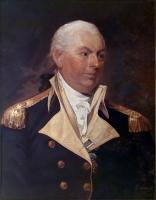
John Barry by Gilbert Stuart 1801
This seems like a good day to celebrate birthdays. So, happy birthday to Commodore John Barry, born on this day in 1745, in Tacumshane, County Wexford, Ireland. He is considered by many to be the “father of the United States Navy.” But wait, isn’t John Paul Jones also considered to be the “father of the United States Navy?”
As the saying goes, success has many fathers. Over the years, the birthday of the US Navy has been celebrated on at least four different dates. Likewise five different cities and towns lay claim to its birthplace. So, perhaps it is not surprising that the Navy has more than one candidate as father.


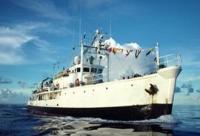

 Happy first day of Spring! The arrival of the vernal
Happy first day of Spring! The arrival of the vernal 
 Since 2008, the 1927 built sternwheel steamboat
Since 2008, the 1927 built sternwheel steamboat  On this St. Patrick’s Day, it seems worthwhile to recall the story of another Irish saint,
On this St. Patrick’s Day, it seems worthwhile to recall the story of another Irish saint, 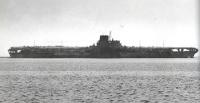
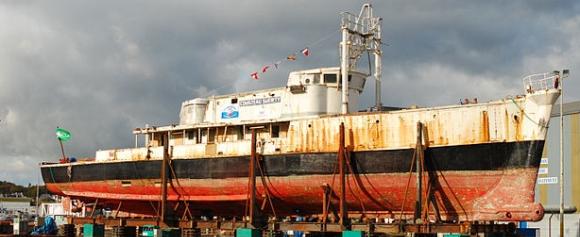
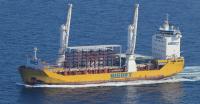 When
When 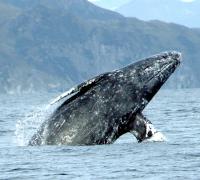
 The
The 
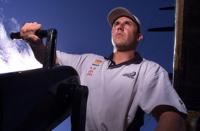

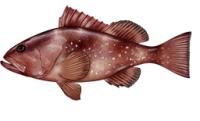
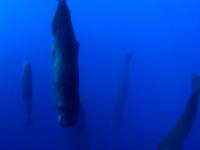 How do whales sleep? And do they dream? Many years ago on a kayaking trip on Blackfish Sound off Vancouver Island, our group of paddlers came across a pod of “sleeping” orcas. The pod was swimming very slowly, each orca swimming close to the next, diving and surfacing in the same sequence. Near the center of the pod was a baby orca, supported on either side by two females. This type of resting behavior is also common with dolphins. Apparently,
How do whales sleep? And do they dream? Many years ago on a kayaking trip on Blackfish Sound off Vancouver Island, our group of paddlers came across a pod of “sleeping” orcas. The pod was swimming very slowly, each orca swimming close to the next, diving and surfacing in the same sequence. Near the center of the pod was a baby orca, supported on either side by two females. This type of resting behavior is also common with dolphins. Apparently,